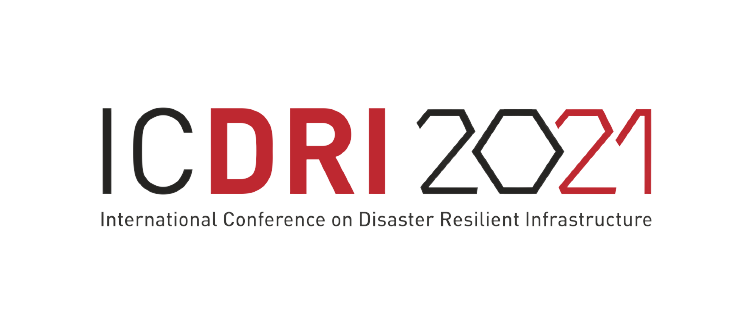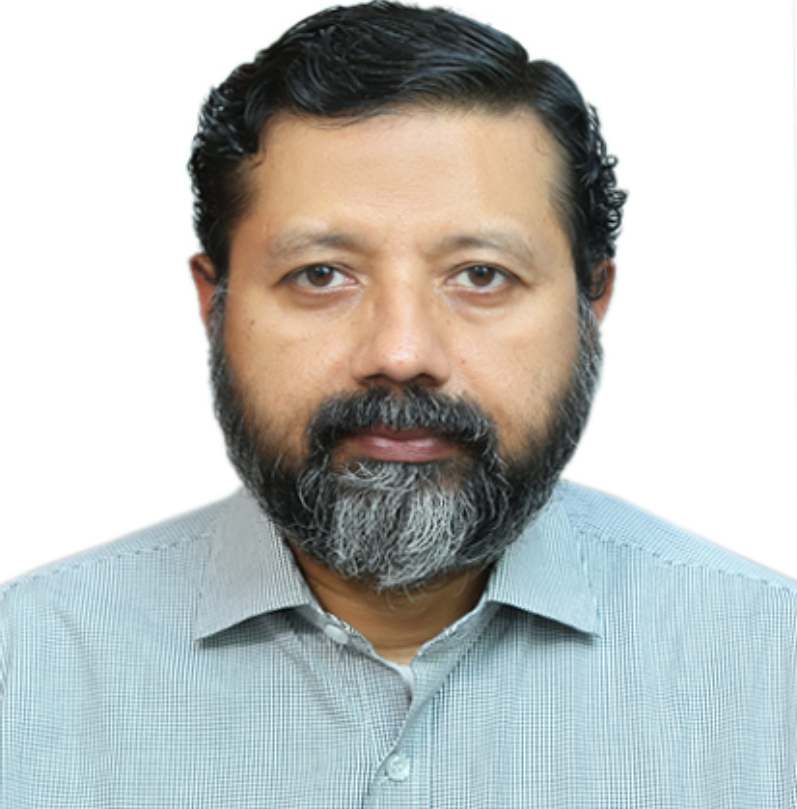Post-Disaster Recovery and Reconstruction
Day 3, 19 March 2021, 1545–1655 IST
Session Annotation:
The concept of resilience includes the ability to recover quickly after disasters and is essential to minimizing the impact of disasters on affected people. A successful recovery effort depends on countries having mechanisms in place before disasters occur, to ensure that the recovery process is conceived, effectively initiated and managed in a timely manner. This session will look at two aspects of infrastructure recovery and discuss approaches to damage and loss assessment, identification and prioritization of recovery activities, financing and implementation of projects in a dynamic environment with various competing priorities.
Session Overview:
Presentation 1: Successes and Challenges: Lessons from the Recovery and Reconstruction of Power Infrastructure, post Cyclone Fani 2019.
Mr. Kaushlendra Tripathi, Director, Power and Utilities, PwC, India
On 3 May 2019, cyclone Fani, with its winds occasionally gusting at 205kmph, caused extensive damage to the power infrastructure in the eastern coastal state of Odisha. At an estimated INR 8,392crore (US$1.2 billion), the power sector sustained the maximum damage and losses among the social, productive and infrastructure sectors. Apart from disruptions of economic and industrial activities, the damage to the power infrastructure had multiple cascading effects on other infrastructure and public services. Interdependent infrastructure services like transportation, telecommunications, water supply and medical and banking services were also interrupted by the lack of power. This limited peoples’ access to the critical resources required to cope with and recover from the devastation. Such disruptions have also been shown to have a long-term direct and indirect impact on the functioning of businesses and the well-being of households.
CDRI’s first project titled “Study to Enhance Disaster and Climate Resilience of Power Infrastructure in Odisha” looked at the recovery process of power infrastructure in Odisha after the damage by the cyclone. It explored how the resilience of power infrastructure could be improved without investing in improvements in hardware. It focused on mechanisms for ensuring preparedness, preventing grid collapse, assessing losses, estimating recovery needs and channelling adequate funds to disaster-affected areas in a timely manner for early restoration and recovery. It also looked at aspects of community engagement to determine the information and support made available to the public and the way it affected their resilience to the impact of the cyclone. This project looked at the disaster preparedness and management of the power sector in Odisha through the following stages – 1) Preparedness, 2) Survival, 3) Recovery and Restoration, 4) Reconstruction, and 5) Social and Community Resilience.
his presentation will give an overview of the findings of the study and receive comments from the discussants on the following aspects:
- Many of the actions taken during this cyclone were an outcome of initiatives by individual officers rather than based on institutional memory. How can we institutionalize the lessons learned by the Odisha Department of Energy regarding the operations, maintenance and recovery of power infrastructure after cyclones?
- How can the lessons learnt by Odisha state on dealing with the post-cyclone recovery of power infrastructure be adopted by other cyclone-affected states within India and by other geographies in the world with similar risk profiles? And in what ways can CDRI support this?
Presentation 2: Development of Global Recovery Cost Estimation Guidelines for Infrastructure Recovery and Reconstruction
Mr. Ayaz Parvez, Sr. DRM Specialist, GFDRR (WB), Washington DC
Building on discussions from the International Workshops on Disaster Resilient Infrastructure (IWDRI), this presentation will look at the existing practices of recovery and reconstruction to take forward the agenda of developing international guidelines for infrastructure recovery cost estimation.
As infrastructure assets constitute a large share of the total damage and losses following a disaster, they are included as a distinct sector in a post-disaster needs assessment exercise. Damages to assets as well as losses on account of suspension or dislocation of services are assessed together. The assessments estimate the cost of recovery and reconstruction of infrastructure assets by applying the principle of replacement of damaged assets.
In many countries, the assessment includes just the damage and ignores flow loss. The damage is estimated only to the extent of restoring services and the cost of improved standards or specifications is not included. Applying a rule of thumb, ten percent of the estimated total cost of recovery and reconstruction is added for improved specifications. While this is a useful way of supporting resilience in infrastructure sectors, these estimates could be made more precise. Recovery planning in infrastructure sectors could be more detailed in terms of technology and standards. A comprehensive assessment based on sound principles of resilience provides a strong foundation for recovery.
National governments lead recovery and reconstruction in infrastructure sectors. When resources for recovery are not adequately available, it leads to cutting corners and merely restoring the services. Infrastructure assets extend into multiple jurisdictions making it even more difficult to allocate resources. Local governments find it difficult to raise resources for the reconstruction of community infrastructure assets. It is therefore important to consider financial provisioning for recovery and reconstruction of damaged infrastructure sectors.
Addressing the gap in financing for recovery and reconstruction of infrastructure would require the development and adoption of well evolved common standards and guidelines for the estimation of damages and recovery costs, along with the development of more diversified financial instruments such as infrastructure reconstruction bonds and risk pools.
This presentation will provide an updated view on the considerations, issues and challenges faced during assessment of damages and losses and recovery cost estimation.
The discussants could comment on the following:
- How can CDRI support the national government in assessing infrastructure damage and loss? How do we create capacities in this area?
- What are the issues that arise in the course of assessing and estimating damage and loss? What are the ways to prepare estimates for recovery and reconstruction that are both feasible as well as inclusive of resilience features?
- What are the ways to develop and improve sector-wise methodologies for assessment in different infrastructure sectors?
- What are the challenges in developing recovery and reconstruction programmes for infrastructure sectors? What are the different sources of funding?
Presentation 3: Study on recovery and reconstruction
Professor Anand Patwardhan, School of Public Policy, University of Maryland
Overview of discussions on Recovery and Reconstruction at previous IWDRIs:
The first International Workshop on Disaster Resilient Infrastructure (IWDRI 2018) brought together experts in the field to take stock of good practices, identify critical gaps and identify potential areas for international cooperation in the field of infrastructure resilience. The session on recovery and reconstruction identified some key issues like the need for predictable mechanisms to account for damages, degradation, and productivity losses due to small- and medium-scale events, the need for standardized formats for estimation of post-disaster damages, losses and replacement costs and the role of sub-national governments in building back better and moving away from pure restoration of services to a resilience-focused reconstruction.
At the IWDRI 2019, the session on reconstruction and recovery built on the discussions of the previous year with the aim of exploring the contours of a multi-country partnership and identifying the issues that could be addressed through such a mechanism. The session identified the need for involving local communities in the recovery and reconstruction process; including in the identification of losses, especially of community infrastructure, the need for building back stronger, faster and more inclusive while considering damages from both intensive and extensive hazards.






